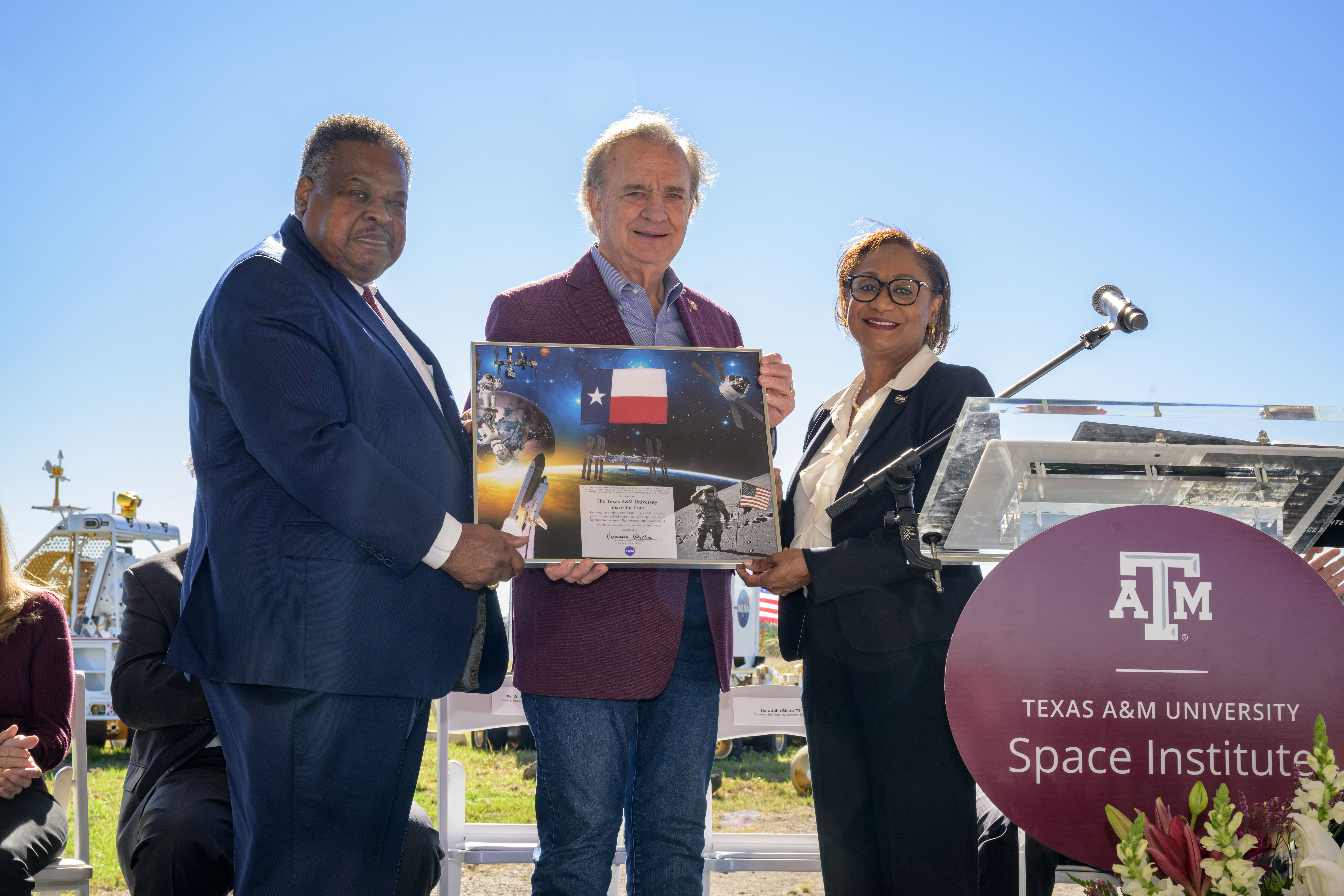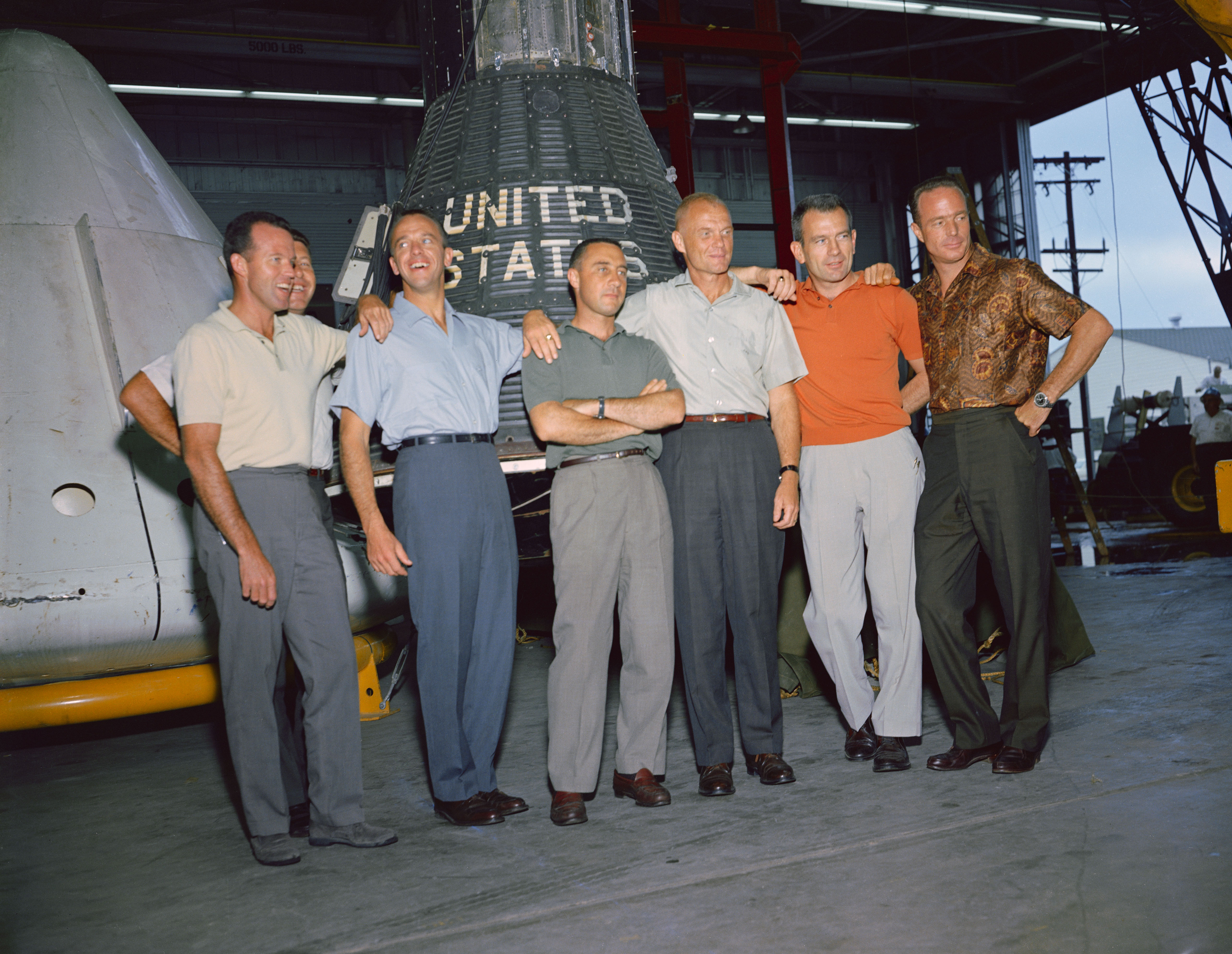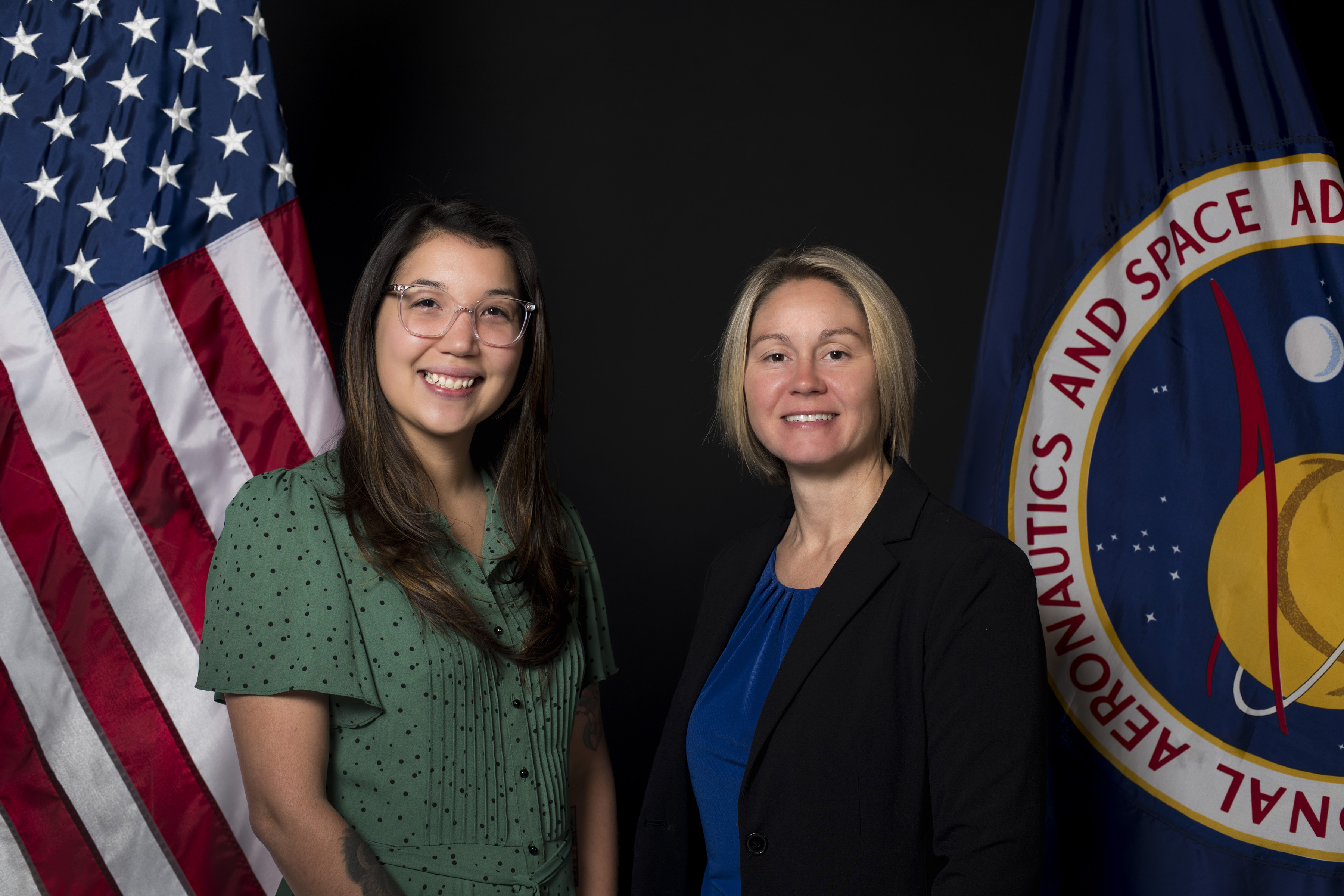The Space Life Sciences Training Program at Ames Research Center
The Space Life Sciences Training Program (SLSTP) provides undergraduate students entering their junior or senior years, and entering graduate students, with professional experience in space life science disciplines. This challenging ten-week summer program is hosted by NASA’s Ames Research Center
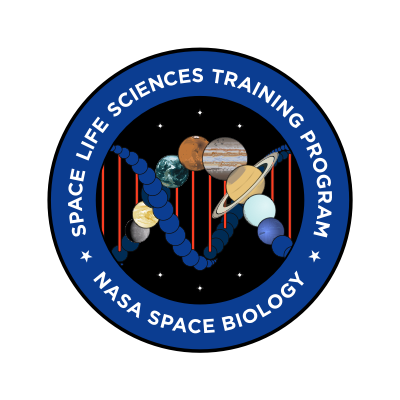
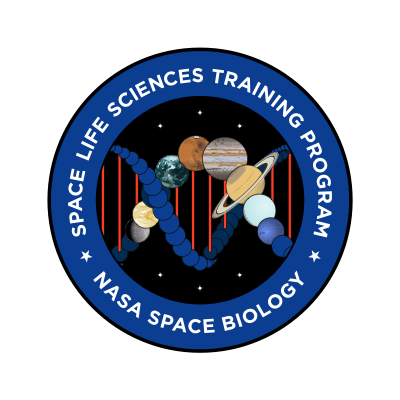
Space Life Sciences Training Program
An investment in tomorrow
The Space Life Sciences Training Program (SLSTP) provides undergraduate students entering their junior or senior years, and entering graduate students, with professional experience in space life science disciplines. This challenging ten-week summer program is hosted by NASA’s Ames Research Center in the heart of California’s Silicon Valley. The primary goal of the program is to train the next generation of scientists and engineers, enabling NASA to meet future research and development challenges in the space life sciences.

The SLSTP Experience
In this rigorous program, students work closely with renowned NASA scientists and engineers on cutting-edge research, benefitting from the concentration of bioscience expertise at Ames. In addition to conducting hands-on research, SLSTP students attend technical lectures given by experts on a wide range of topics and tour NASA research facilities.
This program provides opportunities for students to develop professional skills. These include technical and professional development training, presenting their scientific work and submitting an abstract to a professional scientific organization (e.g. the American Society for Gravitational and Space Research.)
SLSTP participants are exposed to a broad scope of space biosciences research performed by NASA scientists. While learning about the tools and methodology that enable biological experiments to be conducted in flight, students acquire skills and knowledge required for the design and execution of life science research conducted in microgravity.
Participants in the program receive a stipend and may be eligible to attend a scientific conference to formally present their research.
Research Areas
Students in SLSTP undertake research projects in multiple areas, including:
- The effects of spaceflight on living systems, conducted both on the ground and also in space aboard the International Space Station and other spacecraft.
- The development and operation of specialized research facilities to support investigations in microgravity, partial gravity, and hypergravity.
- Research and development of advanced biotechnologies that enable NASA’s exploration of distant destinations.
Information for Applicants
The SLSTP is an equal opportunity program. Admission is by competitive application process. Past student participants were selected for their outstanding merit, passion for space, and desire to study space life science. Applicants must fulfill the following requirements: be a US citizen, age 18 or older in high academic standing (GPA of 3.2 or greater). Applicants should be junior or senior undergraduate student next Fall or a senior graduating in 2024 and entering graduate school for Fall 2024.
How to Apply:
Applications for the summer 2024 program will be opening soon in late 2023. Applications will be open in the NASA Gateway.
SLSTP Mailing List
To subscribe to our mailing list and to receive e-mail announcements about the program and application process, please send an email to arc-slstp@mail.nasa.gov with “subscribe” in the subject to be added to our mailing list.
Program Support
The SLSTP is funded by NASA’s Space Biology Program, which is part of the Biological and Physical Sciences Division of NASA. The SLSTP is managed by the Space Biology Project within the Science Directorate at Ames Research Center.
For more information, contact:
arc-slstp@mail.nasa.gov






















